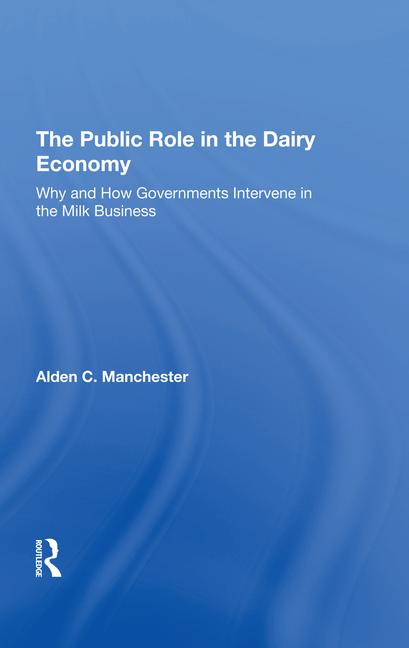FDA survey: raw milk supply is free of drug residues

In March, the U.S. Food and Drug Administration said that more than 99% of the raw milk samples it tested are free of “drug residues of concern.”
Raw milk samples were analyzed for 31 different drugs classified as antibiotics, nonsteroidal anti-inflammatory drugs and antihistamines. The agency tested nearly 2,000 dairy farms.
The results, the FDA stated, underscore the safety of the U.S. milk supply.
“These findings provide evidence that the nation’s milk safety system is effective in helping to prevent drug residues of concern in milk, even in those limited instances when medications are needed to maintain the health of dairy cattle,” according to an agency press release.
A dairy group applauded FDA’s announcement.
“This report proves that America’s dairy farmers are delivering on our commitment to providing safe and wholesome milk to consumers, while working closely with state and federal regulators to continually improve the safety of our products,” said Jim Mulhern, president and CEO of the National Milk Producers Federation, Arlington, Va. “Dairy farmers have a strong track record of compliance with state and federal milk safety regulations, and we support education and enforcement efforts to further strengthen that record.”
Strengthen safety safeguards
The FDA report states, “Although the small number of positive drug residues is encouraging, the fact that residues of a variety of non-Beta lactam drugs were detected affirms the importance of ongoing efforts to further strengthen existing milk safety safeguards.”
The agency initiated the study to determine whether dairy farms with previous drug residue violations in tissue derived from dairy cows were more likely to have violative drug residues in milk than other dairy farms. The FDA tested samples from two groups: a “targeted” list of farms with known previous tissue residue violations and a control group of farms. The survey collected samples from 953 dairy farms with a previous tissue residue violation and another 959 randomly selected samples.
Results show that the occurrence of drug residues in milk is very low, even in the targeted group. However, the limited number of residues detected involved drugs that are not included in routine testing under the current milk safety program.
The residue testing was conducted on raw milk from the farm. This was not an analysis of processed, retail-bound dairy products that reached consumers.
Looking for a reprint of this article?
From high-res PDFs to custom plaques, order your copy today!






